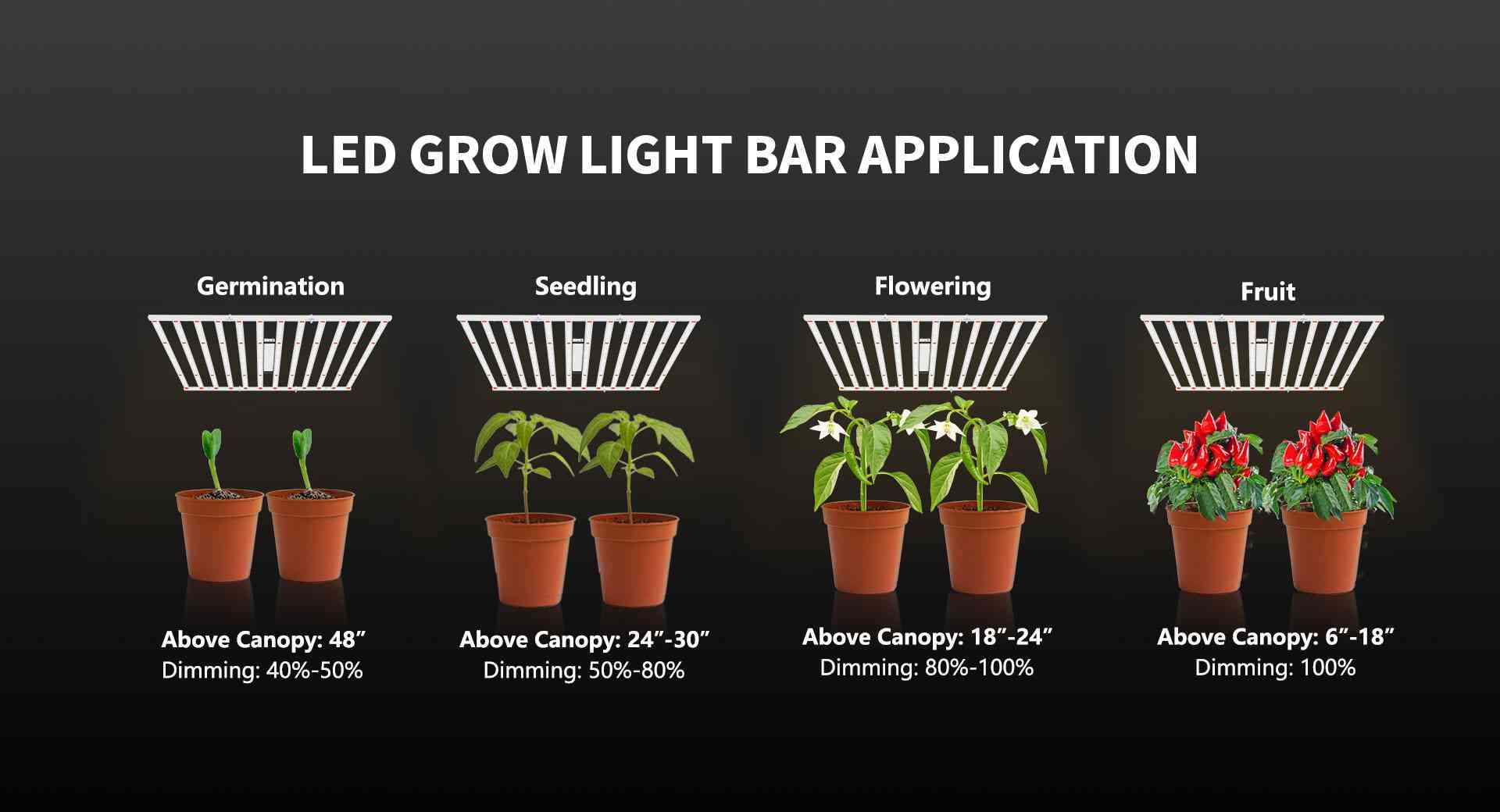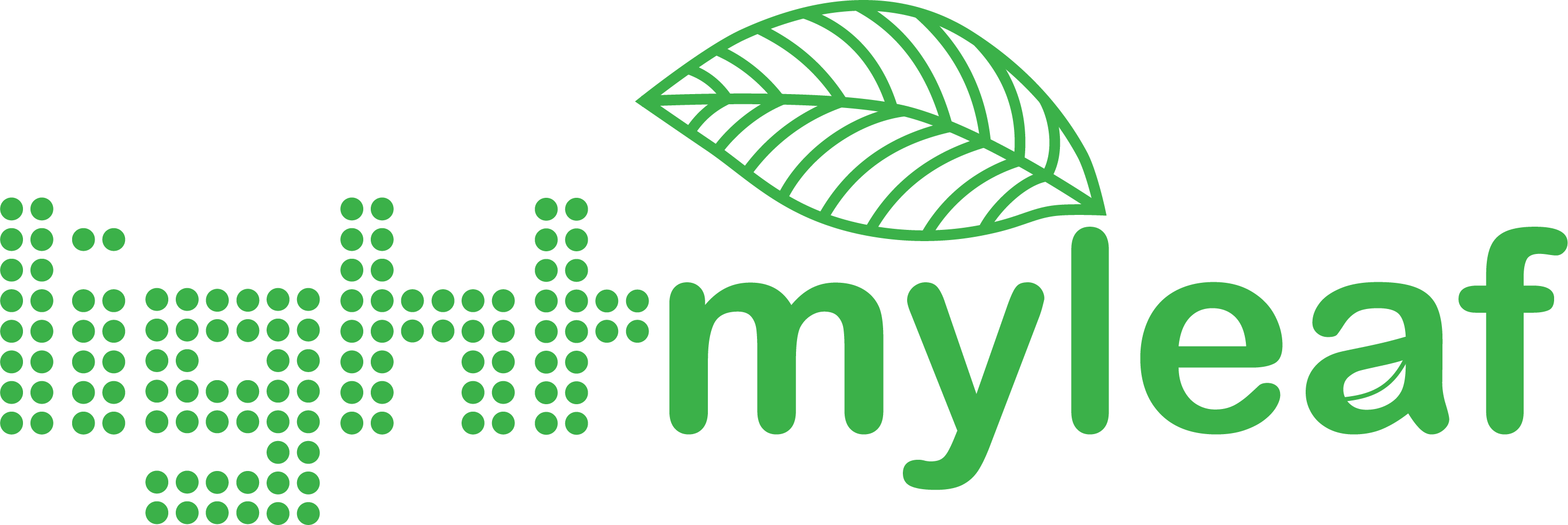In the world of gardening enthusiasts, every inch of light carries the hope that plants will thrive. With the advancement of science and technology, LED grow lights have gradually become an indispensable tool for modern indoor growing with its advantages of high efficiency, energy saving and adjustable spectrum. Among the many LED grow lights, the 4000K color temperature LED grow light bar, as a natural light imitation of the best, often triggered by the discussion: whether it is too “yellow”, whether it is suitable for your baby plants? Today, let's take a look at the 4000K LED grow light bar from Lightmyleaf's point of view and unveil the mystery of the 4000K LED grow light bar.
4000K: The Gentle Reproduction of Natural Light
First of all, understanding the color temperature is the key. Color temperature, simply put, is the “temperature” of the color of the light source, in Kelvin (K) for the unit. In the field of lighting, the lower color temperature (such as 2700K) tends to warm yellow, give a person a sense of warmth; and higher color temperature (such as 6500K) is inclined to cool white, more bright and refreshing. 4000K, is located in the middle of the two, which simulates the natural light from the early morning to the morning hours, not too harsh, but also does not lose warmth and vitality.
Yellow? No, it's the Color of Life
Some may worry that the 4000K LED grow light bar looks yellowish and will adversely affect plant growth. In fact, this concern is not necessary. In the process of plant growth, the quality of light (i.e., the color or wavelength of light) is one of the most important factors affecting the efficiency of photosynthesis. Although the light needs of different plants vary, most plants receive natural light at the peak of photosynthesis (e.g., in the morning) in a warmer shade of light similar to 4000 K. This light quality not only helps to promote the growth of plant leaves, but also helps to increase their photosynthetic efficiency. This quality of light not only helps to promote photosynthesis in plant leaves, but also stimulates a series of biochemical reactions within the plant to promote the synthesis and accumulation of nutrients.

A Spectrum Designed for Growth
It is worth noting that the advantage of LED grow lights lies not only in their adjustable color temperature, but also in their ability to precisely control their spectral distribution to provide the photosynthetically active radiation (PAR) required for plant growth. 4000K LED grow light strips are often carefully designed to maximize the ratio of blue to red light, the two main spectral components of light for photosynthesis in plants. It may also contain moderate amounts of other beneficial spectrums, such as far-red light, to promote plant stem elongation and flowering.
Applicable Scenarios and Plant Selection
So which plants are best suited for 4000K LED grow light strips? The answer is quite broad. Everything from leafy vegetables (e.g. spinach, lettuce) to foliage plants (e.g. ferns, bamboo yams) to some flowers (e.g. roses, African violets) can benefit. Not only do these plants grow rapidly under 4000K light, but they also have greener foliage and brighter flowers. Of course, for plants with specific needs (such as promoting blooms), it may be necessary to use a combination of LED lights in other spectrums to achieve optimal results.
The 4000K LED grow light bar is not “too yellow”, but rather a warm and vibrant part of natural light. It not only provides the right light environment for plants, but also promotes healthy plant growth. When choosing an LED grow light, consider 4000K as a worthy option, combining your growing needs and plant characteristics to create an efficient, energy-saving and environmentally friendly indoor growing space. With Lightmyleaf by your side, let every ray of light be an aid to plant growth!
Tags
